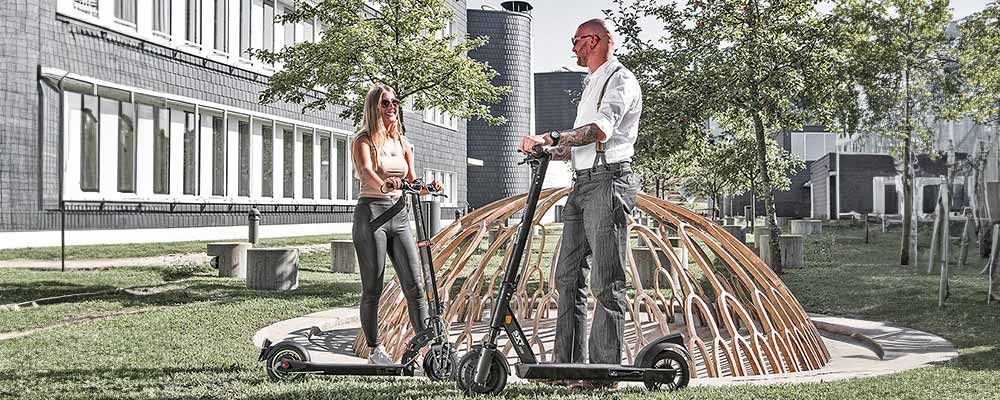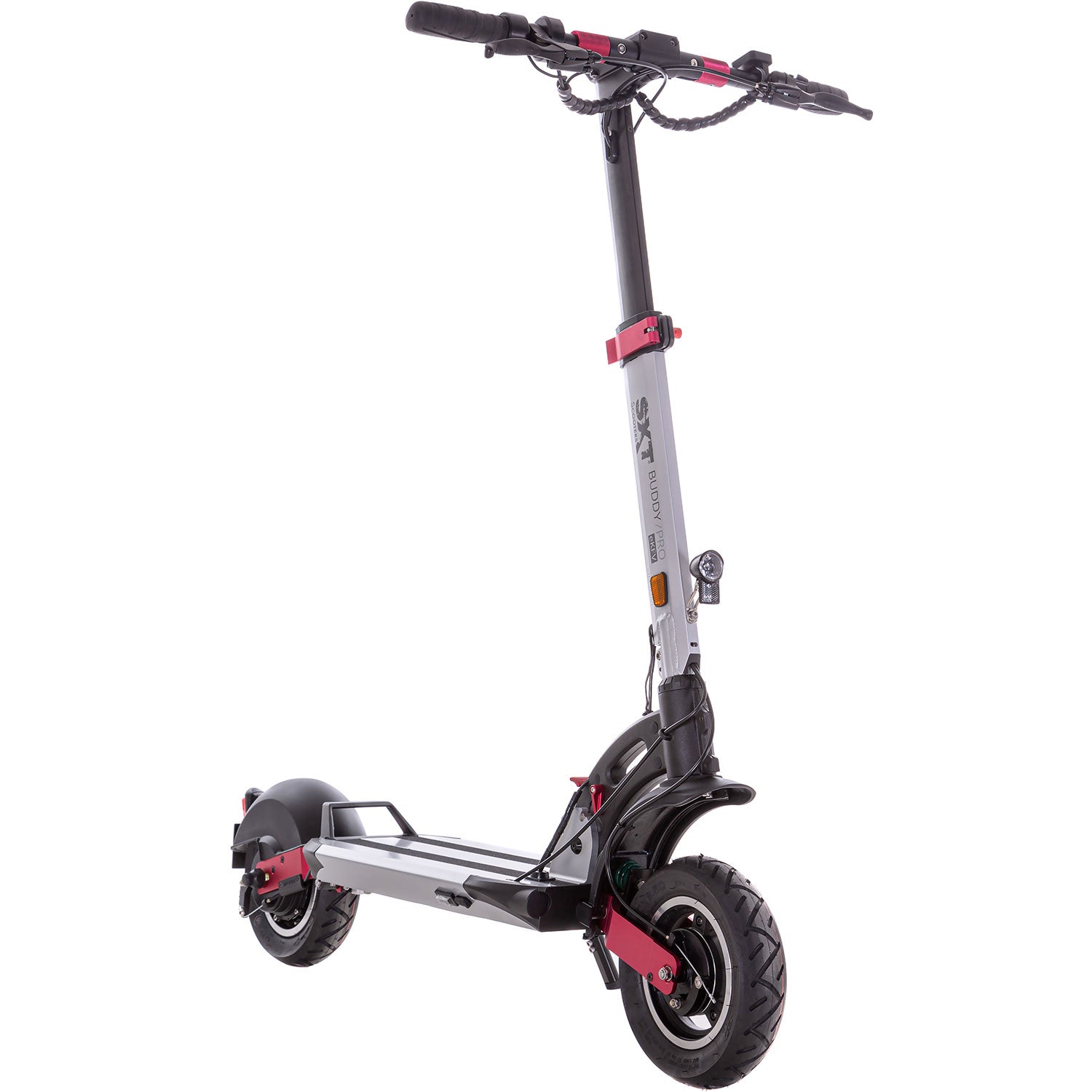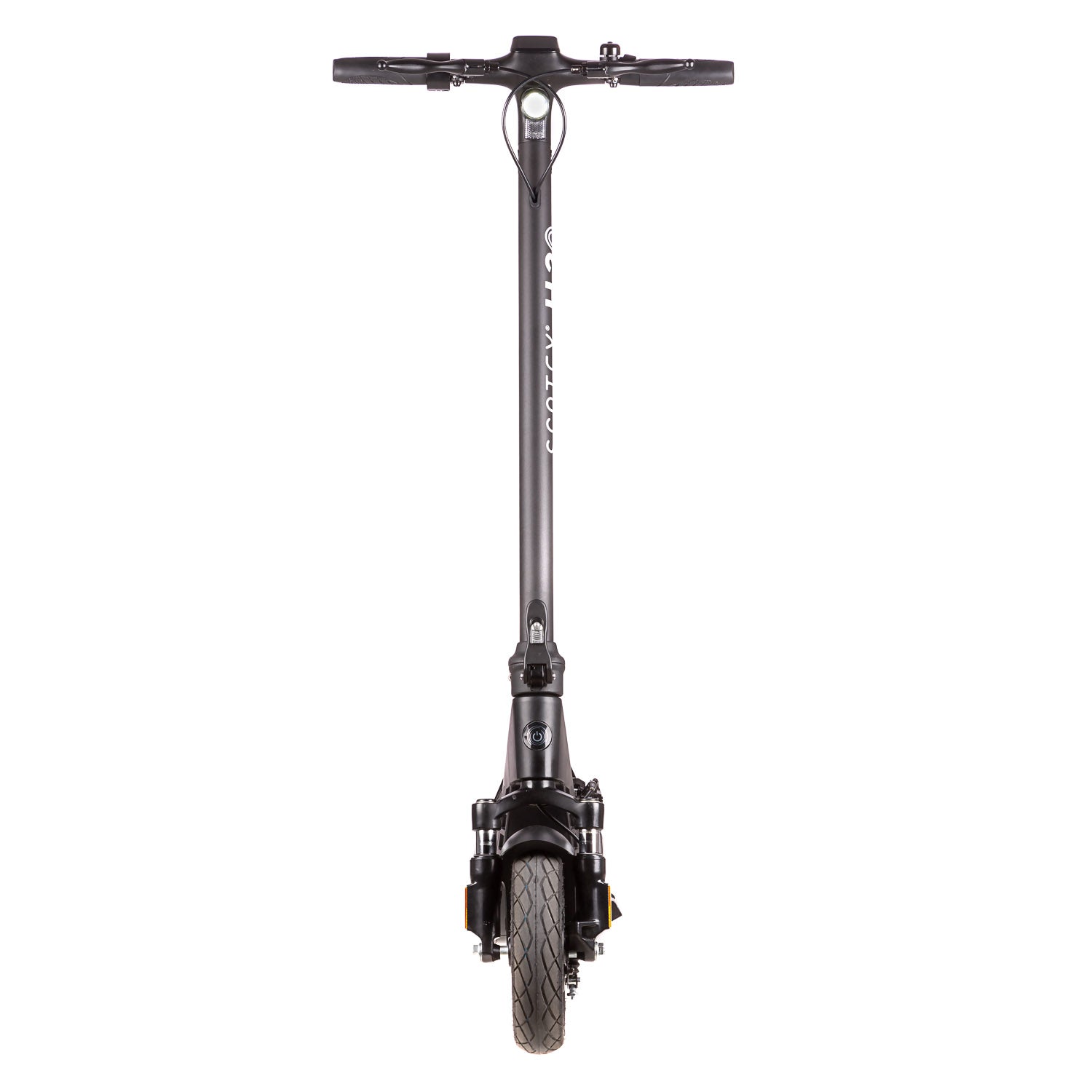The growing popularity of e-scooters
In recent years, e-scooters have gained popularity around the world and established themselves as one of the preferred forms of micromobility. They offer an environmentally friendly, cost-effective and flexible alternative to traditional modes of transport, especially in urban areas. But what exactly makes e-scooters so attractive and how can they be used in everyday life?
Advantages of e-scooters
environmental friendliness
E-scooters are electrically powered and do not emit any harmful emissions. This reduces air pollution and helps improve urban air quality. According to a study by the Fraunhofer Institute for Systems and Innovation Research, e-scooters can significantly reduce CO2 emissions compared to cars.
Cost savings
The running costs of an e-scooter are significantly lower than those of cars. No fuel costs, low maintenance costs and the ability to use cheaper parking spaces make e-scooters an economical choice. In addition, many e-scooters have no or low insurance premiums.
Flexibility and convenience
E-scooters are ideal for short distances and the so-called "last mile" - the way from the stop or parking lot to the final destination. They are light and compact, which makes them easy to transport. Many models can be folded up and taken on public transport or in the trunk of a car.
Legal framework in Germany
In Germany, e-scooters have been allowed on public roads since June 2019, provided they meet certain requirements. These include a maximum speed of 20 km/h, a handlebar or grab bar, and front and rear lights. E-scooters must also have an insurance sticker. The minimum age for use is 14 years, and there is no helmet requirement, although wearing a helmet is recommended .
Comparison with other means of transport
cars
While cars offer more comfort for longer journeys, e-scooters are often faster and more practical in dense city traffic. They don't require a parking space and can avoid traffic jams.
Cycles
E-scooters require less physical effort and are therefore ideal for people who do not want or need intense physical activity.
Public transportation
E-scooters provide door-to-door mobility and eliminate waiting for buses or trains. They can also be used as a complement to public transport by covering the first and last mile.
Future developments
E-scooter technology is constantly evolving. Future models may offer longer battery life, higher speeds, and more convenience features such as integrated GPS systems and improved anti-theft devices. In addition, many cities are working to improve infrastructure for e-scooters, including dedicated lanes and secure parking.
Conclusion
E-scooters are an innovative and sustainable solution to the challenges of urban mobility. They offer many advantages that make them an attractive alternative to conventional means of transport. Whether for the daily commute, short errands or just for fun - e-scooters are flexible, environmentally friendly and cost-effective.
In the upcoming posts in this series, we will take a closer look at two specific models, the H10 eKFV and the Tito e-scooter, and explain their special features and possible applications in detail. Stay tuned!







Leave a comment
This site is protected by hCaptcha and the hCaptcha Privacy Policy and Terms of Service apply.